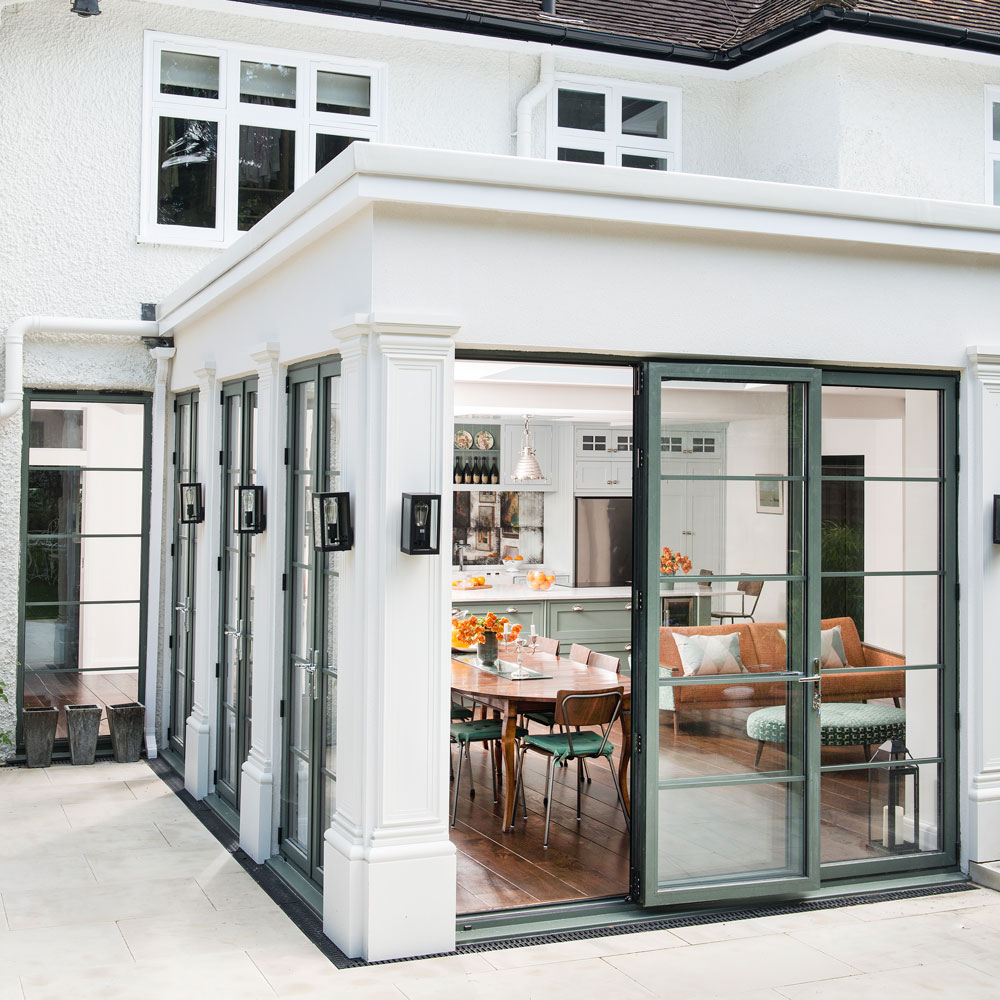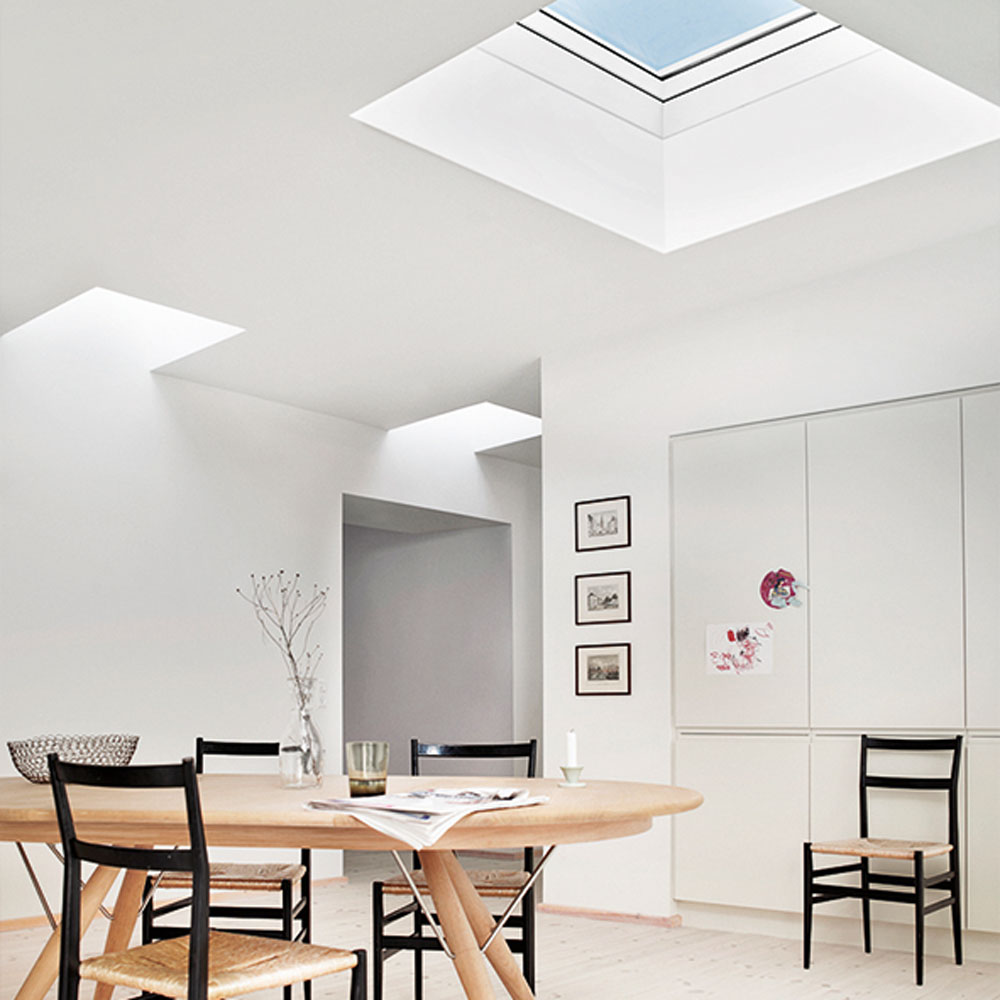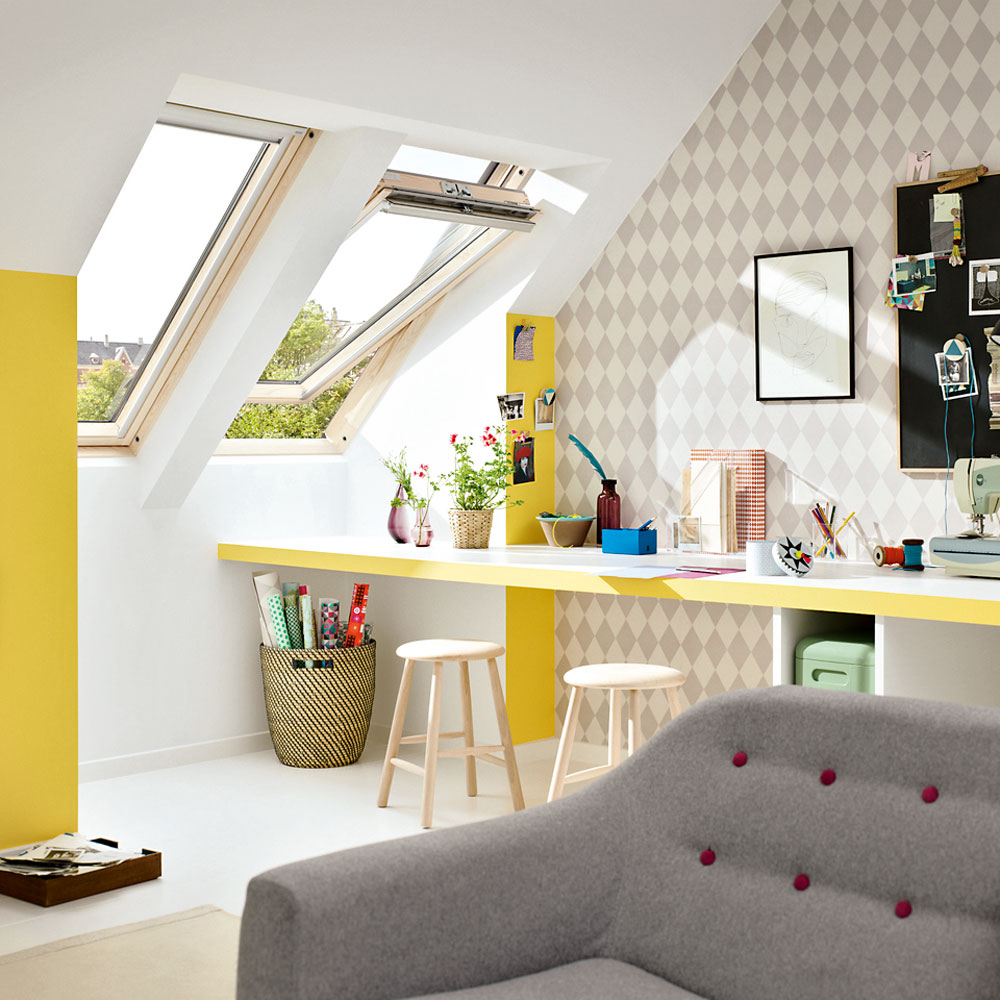How to pick the perfect windows
Windows aren't simply a practical feature of your home.

Windows aren't simply a practical feature of your home. When choosing the right windows for your home, we often think about glazing's power to increase natural light, which in turn helps to determine the visual appeal of your house - both in terms of kerb appeal and the interior design.

But this isn't the only thing to consider when choosing what windows to install in your property. Today, there's another design element to consider; are your windows as energy-efficient as they are attractive? But where do you start when considering the best glazing for your space? We've got a few ideas...
Building style using light

Natural light is often overlooked as a building material, despite its ability to transform a space. The type and size of windows you choose, and - if you're building or extending - where you choose to place them, can completely alter the way that a room looks and feels. Your windows can take a space anywhere from cosy and cocooning to light and airy... or even practically into the great outdoors (hello picture windows). Window styles vary from classic sash, casement and slider, to picture and roof options. Each will have a different impact on the space they are located in so, when picking windows think about what feel you're after - for example, a classic style in a period property, or a modern light-filled side-return.
If you're choosing your glazing for an extension or renovation, you can match to the style of existing windows elsewhere in your home, make a modern design statement, or go for a mix. This is not to suggest that you install a mish-mash of higgledy piggledy window frames, with a different style for each room - that would be sheer craziness - but you should certainly carefully consider what style brings the most to the building itself. Windows are an investment, after all.
As with any glass structure, ventilation and shade are important, but where windows don’t need to open, glazing can be customised to any shape or angle to fit the space and create a feature. Roof windows are the front runner when vertical windows aren’t an option - they can let in twice as much daylight and can be used along with bi-folds and vertical windows.
Glass choices

As much as the look is important, it's essential that you consider the thermal and acoustic performance, solar protection and light transmission of the glazing before you settle on your choice of windows.
Double- or triple-glazed units are a must for energy efficiency, but triple glazing is pricey, so you'll want to take your budget into account.
Glass technology is constantly evolving and improving, so it's worth checking out the developments in low-iron glass - it has increased clarity for better light transmission.
If your windows are difficult to reach (for cleaning purposes, because smudged dirty glass is never a good look), self-cleaning glass such as Pilkington Activ is useful.
For the most energy-efficient glass, look at low emissivity thermal glass options. And, if you're thinking about fitting frameless windows, you'll need structural glass for its strong, load-bearing capabilities.
Frame materials

Durable and lightweight, aluminium is a great choice if you’re after a slim frame style that holds large expanses of glazing. These metal frames can be made up in any RAL colour, meaning you can be playful if you want, but take note: they can be costly.
For a more traditional look, consider timber frames: if you're keen to enhance the thermal efficiency of your property, there are plenty of options to considers - from softwoods such as Douglas Fir, to pricier hardwoods, such as oak. Although hardwoods are more stable, both types do require regular repainting or varnishing to keep them in good condition.
Composite is increasingly popular for modern builds. Blending a timber interior with a low-maintenance aluminium cover that's designed for protection, these are a durable and long-lasting window frame style.
If you’re after a more budget-friendly option, uPVC remains a good option; not only is it affordable, it's low maintenance too. While it’s chunkier than other materials, frames do now come in a choice of colours or wood grains and, if you're feeling environmentally conscious, recycled versions are available too.
Borrowed light

Lighting spaces below ground level - dug-out gardens or converted basements, for instance - isn't always the easiest thing to do. However, rooms with little or no natural daylight, such as bathrooms or basements, can really benefit from a sun pipe. Also known as sun tunnels, these smart lighting solutions brighten dark and enclosed spaces by capturing daylight at roof level, and diverting it down a reflective pipe to a ceiling diffuser fitted in the room below.
Maximise the impact of this additional light source with a design such as Velux’s Sun Tunnel, from £318 - it has a double-layer diffuser and Edge Glow technology, to spread light evenly so that it illuminates the whole room!
Innovative rooflights

In attic- or loft-conversions, and in regular ground-floor extensions, glazing is a major consideration. While vertical windows provide great views, it’s roof lights, roof windows and skylights that flood interiors with the best-quality natural light, so today’s energy-efficient windows (with their power to increase natural light) are really worth investigating.
There are several types of these windows to consider, including opening and fixed, flush-fitting for flat or pitched roofs, and raised lantern or pyramid styles – both in standard sizes or bespoke. Picking up on the trend for glass roofs, side extensions can still benefit if you're clever with the use of multi-panel or modular skylights.
For loft conversions, break away from standard roof windows and add wow with the innovative Velux Cabrio , from £2,417 for a window (H252cm x W94cm). The upper section opens up and outwards for extra headroom, while the lower part unfolds into a glazed balcony and railings.
Get the Ideal Home Newsletter
Sign up to our newsletter for style and decor inspiration, house makeovers, project advice and more.

Thea Babington-Stitt is the Managing Editor for Ideal Home. Thea has been working across some of the UK’s leading interiors titles since 2016.
She started working on these magazines and websites after graduating from City University London with a Masters in Magazine Journalism. Before moving to Ideal Home, Thea was News and Features Editor at Homes & Gardens, LivingEtc and Country Homes & Interiors. In addition to her role at Ideal Home, Thea is studying for a diploma in interior design with The Interior Design Institute.
-
 My go-to Ninja coffee machine is on sale for Easter weekend
My go-to Ninja coffee machine is on sale for Easter weekendIt makes coffee shop quality achievable at home
By Molly Cleary
-
 When to plant out annual flowering plants for vibrant, colourful garden borders – and give them the best start, according to experts
When to plant out annual flowering plants for vibrant, colourful garden borders – and give them the best start, according to expertsNot sure when to plant out annual flowering plants? We've got you covered...
By Kayleigh Dray
-
 I'm a kitchen decor editor and didn't like this tableware trend - until I saw H&M Home's designer-look plates
I'm a kitchen decor editor and didn't like this tableware trend - until I saw H&M Home's designer-look platesThey made it easy to justify a new crockery set
By Holly Cockburn